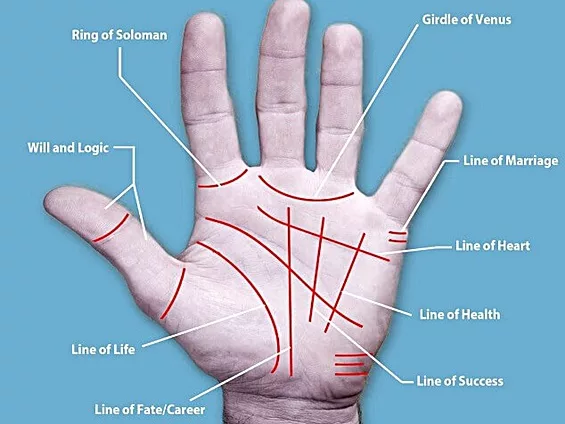Palmistry boasts a storied past that spans time, diverse cultures, and civilizations. With origins dating back millennia, it stands as one of humanity’s most ancient forms of divination and character analysis. For centuries, palm reading has enthralled individuals, granting them a glimpse into the enigmas of their lives, personalities, and destinies.
The exact genesis of palmistry remains veiled in the mists of time, as various ancient civilizations lay claim to its birth. Some assert its inception in ancient India, where wise sages and seers practiced it, seeking to unveil the secrets concealed within the lines and markings adorning the hands. From there, this art disseminated to China, Tibet, and other parts of Asia, evolving, and assimilating local beliefs and customs along its journey.
In ancient Greece, the philosopher Aristotle delved into the study of hands and their significance, contributing to the development of palmistry in the Western world. The Greeks regarded hands as reflections of an individual’s character and destiny. The practice gained traction in ancient Rome as well, with Roman nobility and emperors consulting palm readers to glean insights into their futures and make weighty decisions.
Palmistry found its way to ancient Egypt, where it attained a sacred status. Skilled Egyptian priests and priestesses interpreted hands, employing this practice as a means of divination and communion with the spiritual realm. Throughout Egyptian history, belief in the power of palmistry endured, with pharaohs and high-ranking officials relying on palm readers for guidance and counsel.
In medieval Europe, palmistry flourished under the influence of Arab scholars and travelers, becoming associated with astrology and other occult disciplines. During the Renaissance period, esteemed scholars and philosophers such as Paracelsus and Cesare Lombroso made significant contributions to its advancement.
Across time, palmistry has adapted and evolved within diverse cultural contexts. In India, it became an integral component of Vedic astrology, known as Hast Jyotish, with practitioners employing hand analysis to predict future events and offer guidance. In China, palmistry intertwined with traditional Chinese medicine and the concept of Qi (life energy), allowing palm readers to analyze hands to assess an individual’s overall well-being.
In the present day, palmistry retains its allure as a favored means of divination and self-discovery, captivating individuals from all levels of society. While approaches and interpretations may vary, the fundamental principles endure. Palm readers scrutinize the lines, shapes, mounts, and other hand features, uncovering insights into an individual’s personality traits, talents, relationships, and potential life events.
Palm reading has stood the test of time, enduring for centuries as a vehicle for self-reflection, guidance, and comprehension. It serves as a reminder of our connection to the ancient wisdom of our forebears and our enduring fascination with unraveling the mysteries of the human experience. Whether embraced as a spiritual pursuit, a form of entertainment, or a tool for self-exploration, palmistry continues to captivate and intrigue, providing a glimpse into the intricate tapestry of our lives and the paths that lie before us.











